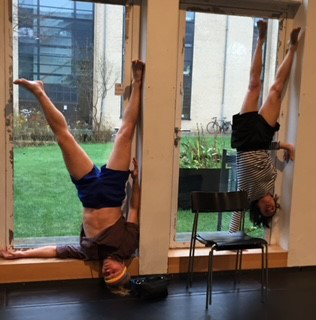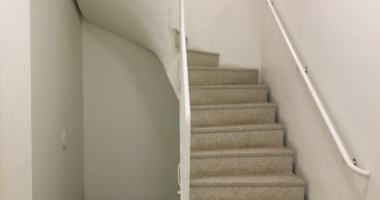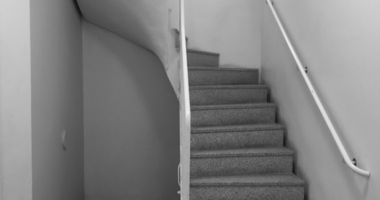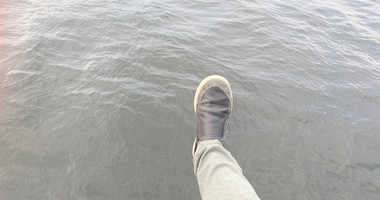(De)stabilization and connection
Project duration: 2021-2023
Project manager: Tiziana Fracchiolla
The practice of (de)stabilization & connection stems from my current teaching, which has developed over the past six years as a teacher at the BFA in Dance and Choreography at The Danish National School of Performing Arts.
The investigative physical practice is carried out between individuals in relation to one another and to the surrounding and supporting architectural structures where the practice takes place. The practitioner is invited to turn the space, the body/bodies and potential creative expression into a playground. The aim is for the practitioner to increase stability and flexibility while navigating change and unpredictability.
The work involves mainly dancers (students and professional dancers from Corpus and Danish Dance Theatre) but also scenographers, directors and actors.
The project is constructed through the following three phases:
- Deepen and expand the existing physical practice
- Test its performative/artistic potential within dance and choreography
- Test its foundation and potential within other artistic fields
Part of phase 1 will involve a six-day hands-on human dissection workshop with specialists within the field of human anatomy and fascia to explore the reality of our connectedness and the deeper space of our human form. This more hands-on anatomical experience and new knowledge will be applied to the current practice to scientifically expand it together with movement practitioners and a physiotherapist, having focus on injury prevention, tissue health and joint mobility. The following two phases will include artistic, performance labs with students, professional dancers and artists from various fields.
As a teacher at DASPA, teaching dance technique within a three-year programme poses an interesting challenge. As the skills, experience and technical background and artistic interests of the dance students are quite diverse, the more classical or codified forms of dance techniques can often prove to be too restrictive for some students. In response to this, the physical practice aims to create a space where understanding and mastering one’s own bodily knowledge and exploring its potential takes precedence over embodying an already existing form.
The research aims to respond to the current climate within the professional field for a freelance dancer/choreographer. The goal is to develop the skills necessary for a constantly changing and updating art form, and to reach beyond that scope to other aspects of contemporary freelance life, to address its precarity and the need for self-organization and divergent thinking.






